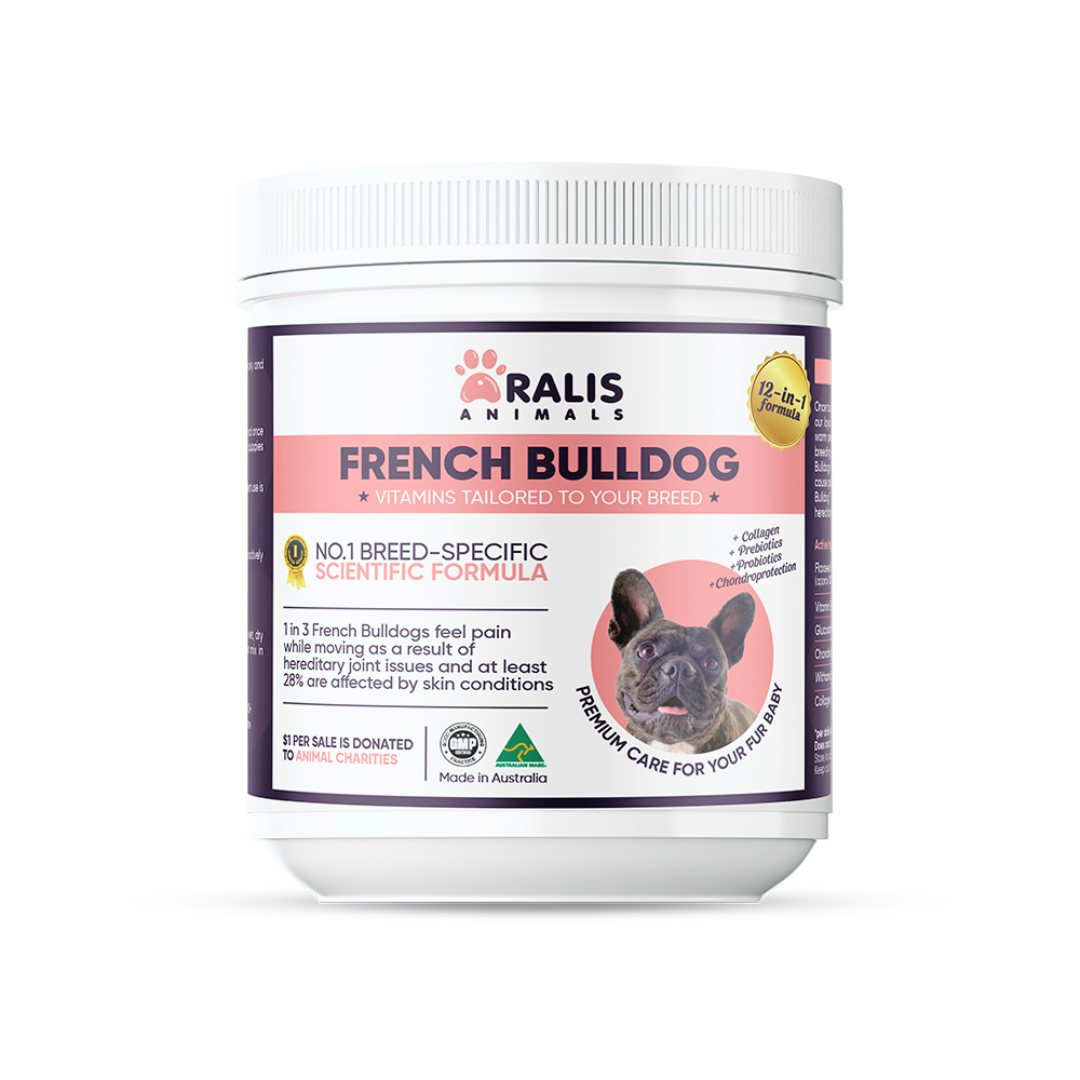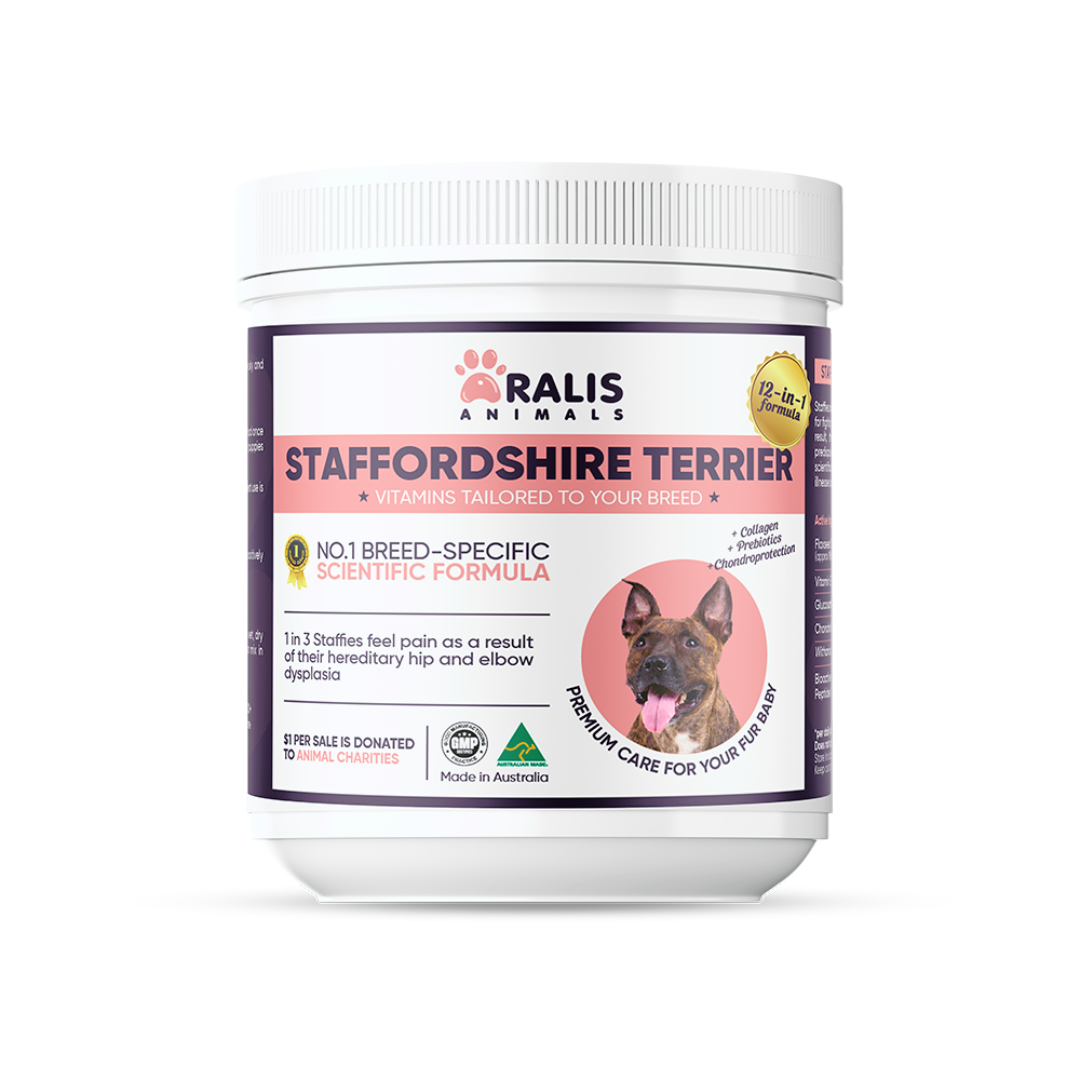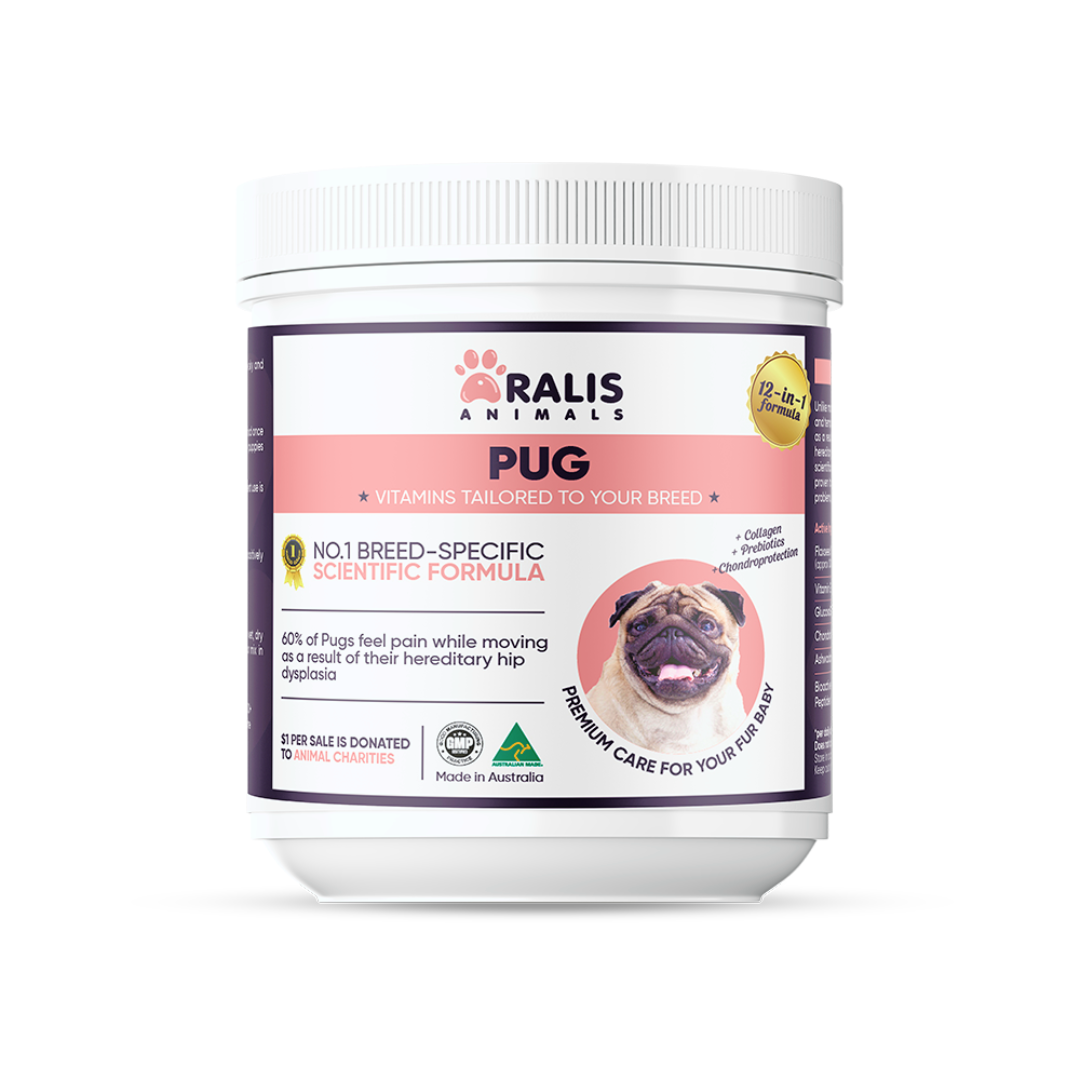Why Does My Dog Have a Rash on Its Belly? Common Causes & Fixes

As a devoted pet owner, you want nothing more than to see your furry companion happy and healthy. However, when you notice a rash on your dog's belly, it can be concerning and leave you wondering what's causing the irritation. Skin issues in dogs are quite common, and understanding the potential causes and appropriate treatment options is crucial for your pup's well-being.
In this blog post, we'll dive into the common reasons why dogs develop rashes on their bellies, explore the different types of rashes, and provide guidance on how to address and prevent these skin conditions.
Common Causes of Dog Belly Rashes
There are several potential culprits behind a dog's belly rash. Let's take a closer look at some of the most prevalent causes:
Allergic Reactions
Just like humans, dogs can suffer from allergies that manifest as skin irritations. These allergies can be triggered by a variety of factors, including:
- Food ingredients
- Environmental allergens (pollen, dust, mold)
- Certain materials (fabrics, cleaning products)
- Flea or insect bites
The rash may appear red, itchy, and inflamed, and your dog may exhibit signs of discomfort, such as excessive licking or scratching.
Parasitic Infections
Parasites, such as mites or fleas, can also be the culprit behind a dog's belly rash. These tiny critters can burrow into the skin, causing intense itching and inflammation. In some cases, the rash may be accompanied by hair loss or scaly patches.
Environmental Irritants
Exposure to certain chemicals, plants, or other environmental factors can also lead to skin irritation and rashes on your dog's belly. This could include things like harsh cleaning products, lawn chemicals, or even certain types of bedding.
Fungal Infections
Fungal infections, such as ringworm, can cause circular, red rashes that may have a distinctive appearance. These infections can be highly contagious, so it's important to address them promptly.
Bacterial Skin Conditions
Bacterial skin infections, like hot spots or pyoderma, can also result in rashes on a dog's belly. These conditions are often characterized by oozing, crusting, or pus-filled lesions.
Identifying Different Types of Rashes
When it comes to dog belly rashes, there are a few key characteristics to look for:
- Color: Rashes can range from red and inflamed to more subtle pink or white discoloration.
- Texture: The rash may appear smooth, scaly, or even have a bumpy or crusty texture.
- Symptoms: Look for signs of itching, hair loss, or other indications of discomfort.
Paying close attention to the appearance and associated symptoms can help you and your veterinarian determine the underlying cause of the rash.
Diagnosis and Treatment
If you notice a rash on your dog's belly, it's important to have it evaluated by a veterinarian. They can perform a thorough examination, potentially order tests, and provide an accurate diagnosis. Depending on the cause, the treatment may include:
- Topical creams or ointments to soothe the skin and address the underlying issue
- Oral medications, such as antihistamines or antibiotics, to address allergies or infections
- Medicated shampoos or baths to manage fungal or bacterial conditions
- Dietary changes to eliminate potential food allergens
- Flea and parasite control measures
In some cases, your veterinarian may recommend natural remedies, such as oatmeal baths or omega-3 supplements, to help alleviate the symptoms.
Prevention Strategies
To help prevent future belly rashes, consider the following strategies:
- Maintain a regular grooming routine to keep your dog's coat and skin healthy
- Provide a balanced, high-quality diet to support your dog's overall well-being
- Identify and avoid potential allergens or irritants in your dog's environment
- Practice good hygiene, such as regularly washing your dog's bedding and toys. To support long-term skin health and reduce flare-ups, consider Aralis Animals Multivitamins that contain a 5-step skin complex that targets skin issues from the inside out.
- Use flea and tick prevention products as recommended by your veterinarian
By being proactive and addressing any skin issues promptly, you can help keep your furry friend comfortable and prevent the development of more serious conditions.
When to Be Concerned
While many dog belly rashes can be managed with proper care, there are certain situations that warrant immediate veterinary attention:
- The rash is accompanied by fever, lethargy, or other signs of systemic illness
- The rash is spreading rapidly or covers a large area of the body
- The rash is oozing, crusty, or appears infected
- Your dog is showing signs of severe discomfort, such as excessive scratching or biting at the affected area
In these cases, it's crucial to seek professional medical care to ensure your dog's well-being and prevent the condition from worsening.
Conclusion
Rashes on a dog's belly can be a common and concerning issue, but with the right knowledge and proactive care, you can help your furry companion find relief. By understanding the potential causes, identifying the type of rash, and working closely with your veterinarian, you can effectively address and prevent these skin conditions. Remember, your dog's health and comfort are the top priorities, so don't hesitate to seek professional guidance when needed.





